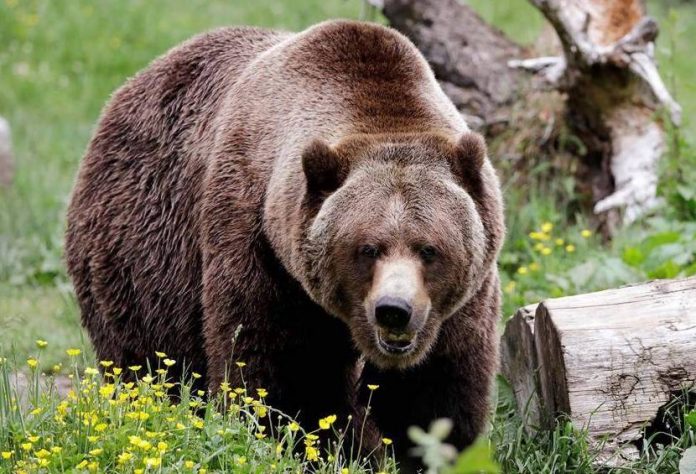Grizzly bears are turning to the night to survive living near people, says study conducted by Alberta and B.C. researchers.
“The large carnivores we see near towns, most highways, or any other highly human-dominated landscape, are only able to persist there due to immigration from adjacent wilderness areas,” explained Clayton Lamb, lead author on the study who conducted this research as part of his PhD with Professor Stan Boutin in the University of Alberta’s Department of Biological Sciences and Scott Nielsen in the Faculty of Agricultural, Life & Environmental Sciences.
“These animals are essentially faced with an “adapt or die” scenario. Human-dominated landscapes are risky for grizzly bears. To reduce this risk, many animals are avoiding people by becoming nocturnal”
The study examined 41 years of data from more than 2,500 grizzly bears to understand the factors that promote successful coexistence. The results show that bears change their behaviour to more nocturnal patterns as they age, reducing conflicts with people. Unfortunately, this takes time and many bears die before they become successful coexistors. Dispersing bears from adjacent wilderness areas provide a supply of immigrants that replace those that are lost, and allow bear populations to persist near people.
The study shows that for each bear who successfully coexists in a human-dominated landscape, there are approximately 29 other bears who died trying to do the same. This is in comparison to four deaths in wilderness areas during the same time. “With a shrinking supply of wilderness, the coexistence of large carnivores and people is a growing conservation challenge,” said Lamb, now a Liber Ero Fellow at the University of British Columbia Okanagan.
So what does this understanding mean for researchers and conservation efforts?
“As people learn to adapt to living with carnivores, carnivores likewise learn to adapt to people. Connected intact wilderness is critical to the sustained coexistence between people and carnivores. Efforts to increase connectivity and reduce attractants can create coexistence landscapes that work for people and wildlife.”
Collaborators on this study include Adam Ford at the University of British Columbia Okanagan, Garth Mowat with the Government of British Columbia, and International Union for Conservation of Nature members Michael Proctor, Bruce McLellan, and Lana Ciarniello.
This research was funded by the Fish and Wildlife Compensation Program, Forest Enhancement Society of British Columbia, Habitat Conservation Trust Foundation, and the Vanier Canada Graduate Scholarship.















